Audio Ground Box – the WHYs and the HOWs
Ground box has become an intrinsic part of an equipment in the audiophile setup. Fans of such boxes will never get hold of them enough in adding at least one to every equipment of theirs. Let us look at why it helps in the audio chain of equipment and how it can be connected
The fundamental of ground box is really just to ground out the signal further – no matter how audio equipment are designed and built with grounding in mind, inherent interference from anywhere will get into the signal path at every opportunity. These include cable pickup from the air, electrical noises introduced from power supply, electrical components receiving EMI pickup so on and so forth. The vast complex nature of electrical principles happening in the entire equipment chain just presented a whole lot of instances where signal noise can be added and/or generated. These interference are not necessary perceivable noises we can or try to hear from speakers or headphones. They could suppress certain frequencies and/or raise the noise floor that ever slightly, giving rise to our perception of ‘veiled nature’, ‘muddiness of sound’ and ‘not transparent’ enough as we chase our own level of satisfaction of sound. For clarity, interference and noise will be used interchangeably here.
By grounding out the signal at different point of the signal path through introduction (connection) of the ground box at different entry path of the equipment chain, our aim is to get rid of these ‘noises’ as much as possible before they get amplified further down the link. This is the sole reason why we always strongly recommend to place the ground box FIRST at the source of your equipment. These are the DAC, CD player and turntable. Bear in mind we are talking about signal noise and less of those grounding issues that caused hisses and hums. These audible noises can only be resolved through correct grounding techniques and NOT by connecting ground boxes thinking they can magically remove the noise. It may help, but it will not clear up the inherent ground noises entirely.
Effective ground box will primarily make the sound turns out significantly more transparent in the background as a result of lowering the noise floor. This really brings out the tonality and timbre of the music where we can achieve better clarity across all frequencies. High resolving system can hear more details. But the point is, it will just sound ‘right’, not just better.
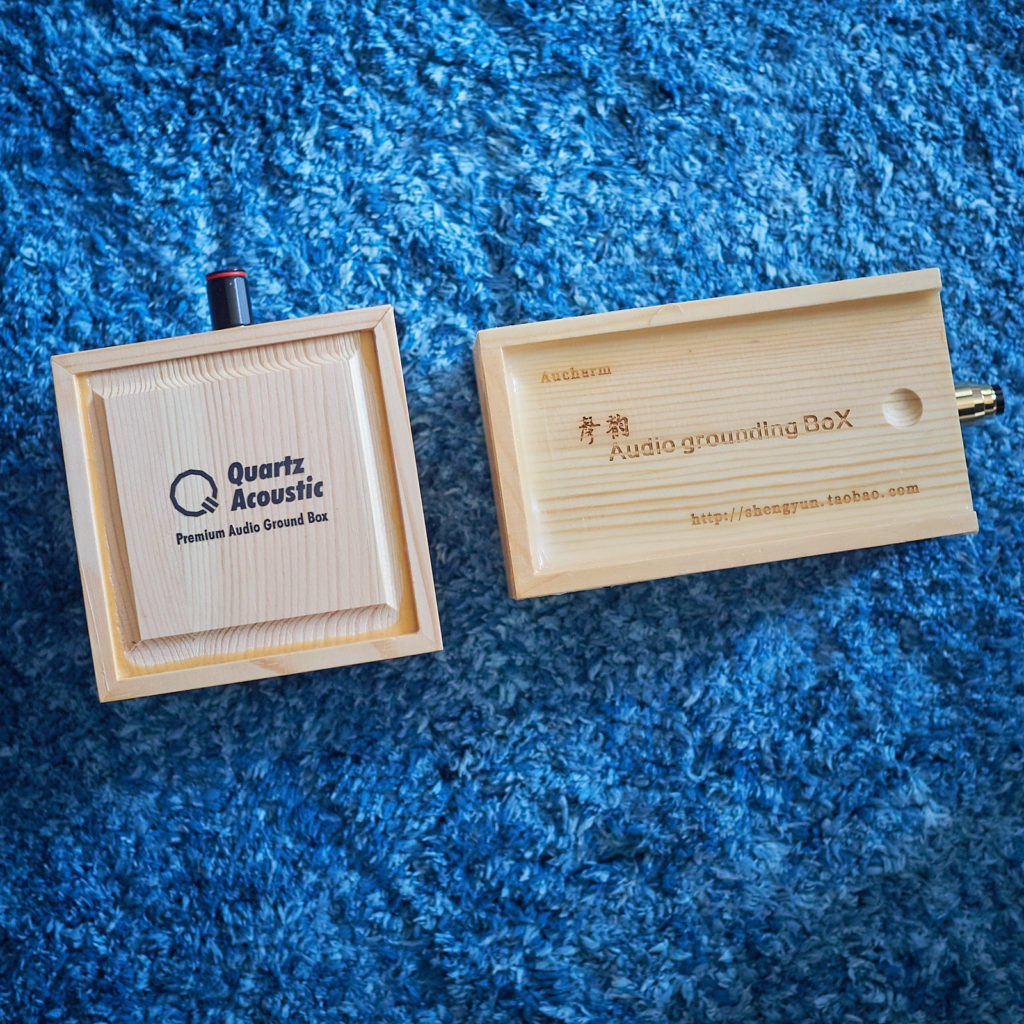
Aurcharm grounding box first make its appearance in our store a few years back and there have always been a lot of interest in it. With ergonomics and efficiencies in mind, we spent quite a bit of time in developing our own ground box to be better than the Aucharms.
QA Premium Audio Ground Box packed in a lot more minerals within the box to really improve the grounding effect. At almost 2kg in weight, QA ground box has managed to blend in a vast variety of high quality earth’s natural minerals together with pure conductive element. The effect is a more immediate and noticeable improvement than either one of Aucharm’s two boxes of different size.

Weight of Aucharm’s grounding box. 
QA Premium Audio Ground Box, considerably heavier.
The main physical difference we could see is the cube shape nature of the QA ground box compared to the rectangular form for Aucharm’s. The cube shape allows one to place the box in various orientations where the grounding cable can be best placed to connect to equipment – it will remain a cube in anyway.
Below: Likely placement of Aucharm grounding box is more or less limited to 1-2 position.
Below: The various positions you can place QA ground box – versatile and helpful
As mentioned earlier to have the ground box connected to the source first for best effect, turntables are the most straight-forward as they have ground jack most of the time. The included multipurpose crocodile clip can be clipped onto the ground jack or it can also be removed to reveal the banana plug. Plug that banana plug end into the ground box and secure the spade end to the ground jack of the turntable.
As CD players and DAC seldom come with ground jacks, connecting to any spare RCA ports found at the back panel is the best way of hooking the ground box to these sources. The grounding of RCA ports are all connected, even S/PDIF coaxial digital out port that took the form of a RCA. While the crocodile clip could be used to clip on to the RCA port directly, you can purchase the additional RCA-to-banana-plug cable at just S$7.90 to have a more secure connection. Just plug the banana plug end to the ground box and connect the RCA end of the cable to any available RCA port of your CD player or DAC to secure the ground connection.

After the sources, preamps are next in line for the ground box connection, followed by power amps and speakers. These subsequent equipment should follow the principle earlier of using the best type of plug for the choice of the connections. The included multipurpose crocodile clip should yield some combinations available in connecting to any available grounding post of the preamp, or it can plug straight directly to the negative post of the power amp output/speaker input. The RCA cable can be utilised here too if there is available RCA port on the preamp/poweramp.
Below: Like a turntable, certain preamps and most phono stages will have the ground post, and this is how the three main methods could be used to connect with the ground box.
At the point of power amp output, although the ground is also shared up to this point at both the negative posts, the effect of the grounding box will be improved if one box is connected to one negative post of EACH channel, instead of connecting just one ground box to one negative post of the power amp. Reason being that with the signal is at the highest level at this output end, amplified signal interference is best grounded to one ground box each. This is also why one ground box is recommended for each speaker too.

Connecting to the negative speaker binding post. One box should be connected to each channel. 
Ground box connected at the RCA input of power amp will ground the signal before amplification stage.
Additionally, we do have another cable that has the UK plug at one end. This cable is useful for the ground box to be used on the mains where all equipment plugs go, or basically it can be plugged onto a spare outlet of a power conditioner strip if one is being used. This has the effect of grounding out the electrical noises coming from the mains and keep all the current feeding to the rest of the equipment at its cleanest.

So, the ground box practically has quite a number of ways and means it could be connected to your choice of equipment. Do play around with the placement and hear for yourself where it performs the best in keeping the sound to your most preferred listening! But very importantly, do take note that it is crucial to only connect ONE equipment to ONE ground box! A single ground box CANNOT BE SHARED between two or more equipment! Because this can result in the possibility of shorting out the ground paths at the wrong locations! So please do not try that with the aim of saving money as it may turn out you will spend a lot more!
A tip we would like to share when the single time you can share the ground box between two equipment is ONLY when the two equipment are not turned on at the same time. i.e a ground box is shareable between a turntable AND a CD player because, most of the time, only either one of the machine is turned on and playing. But do take note that the one equipment not being used should be turned off at its mains too. Having it on standby or off but still electrically connected may still has the possibility of introducing that feed of the AC current noise routed to the other equipment with the ground box as the bridge!
—
Our QA Premium Audio Ground Box is available for order here. Entirely manufactured by hand from various raw materials, up to 12 days are needed for completion. But do check with us if we have stocks available when we do make extras as and when, especially during those batches of mass order.

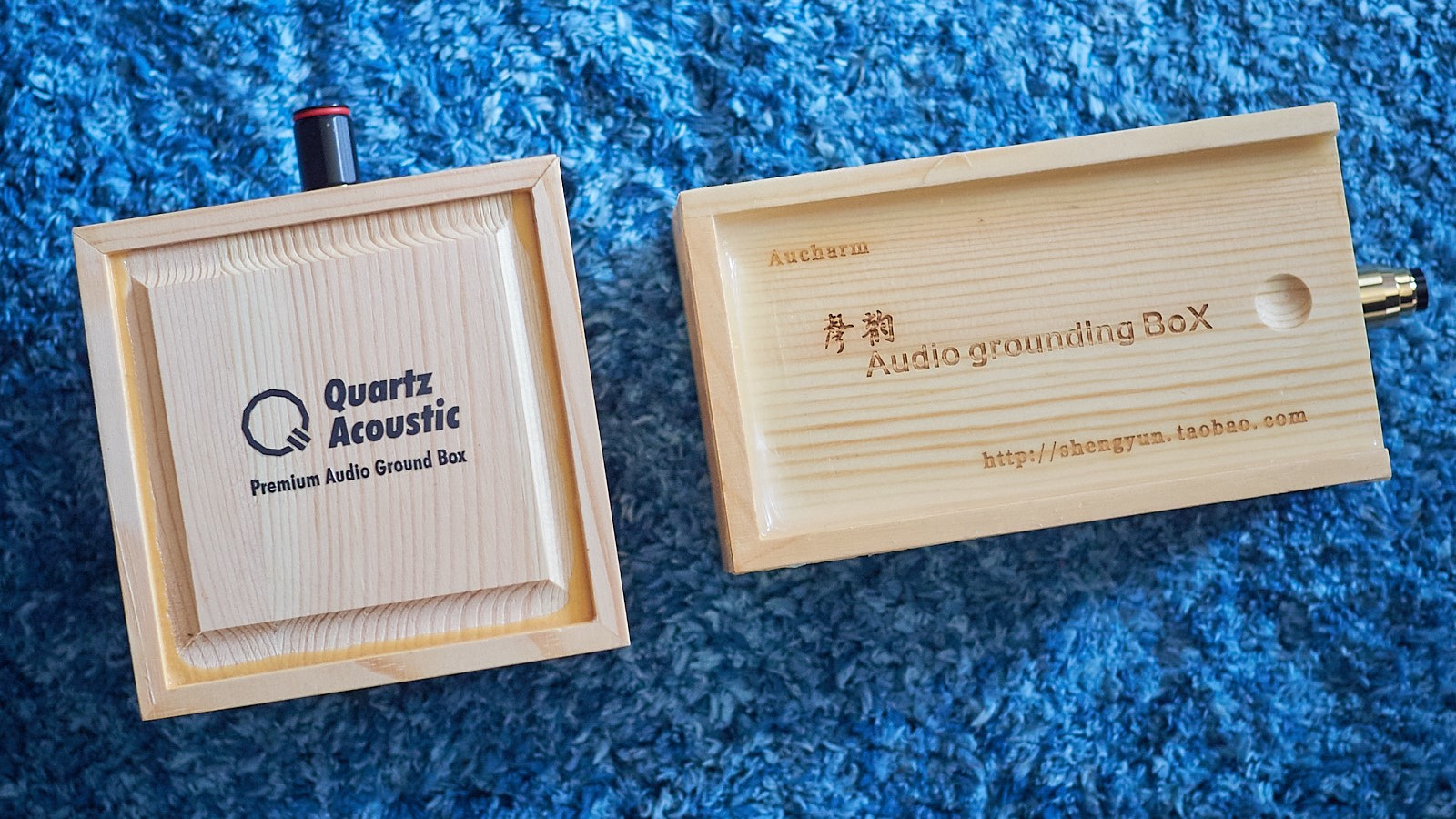
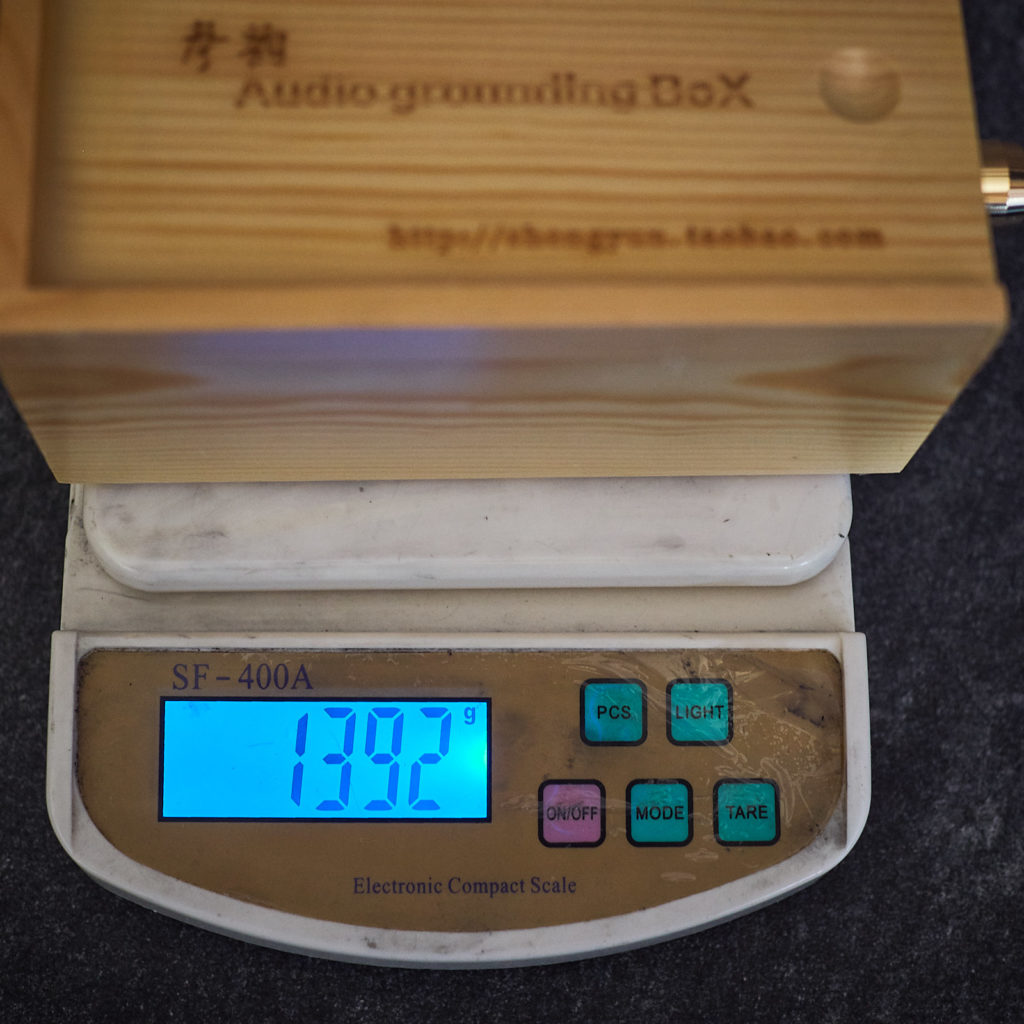
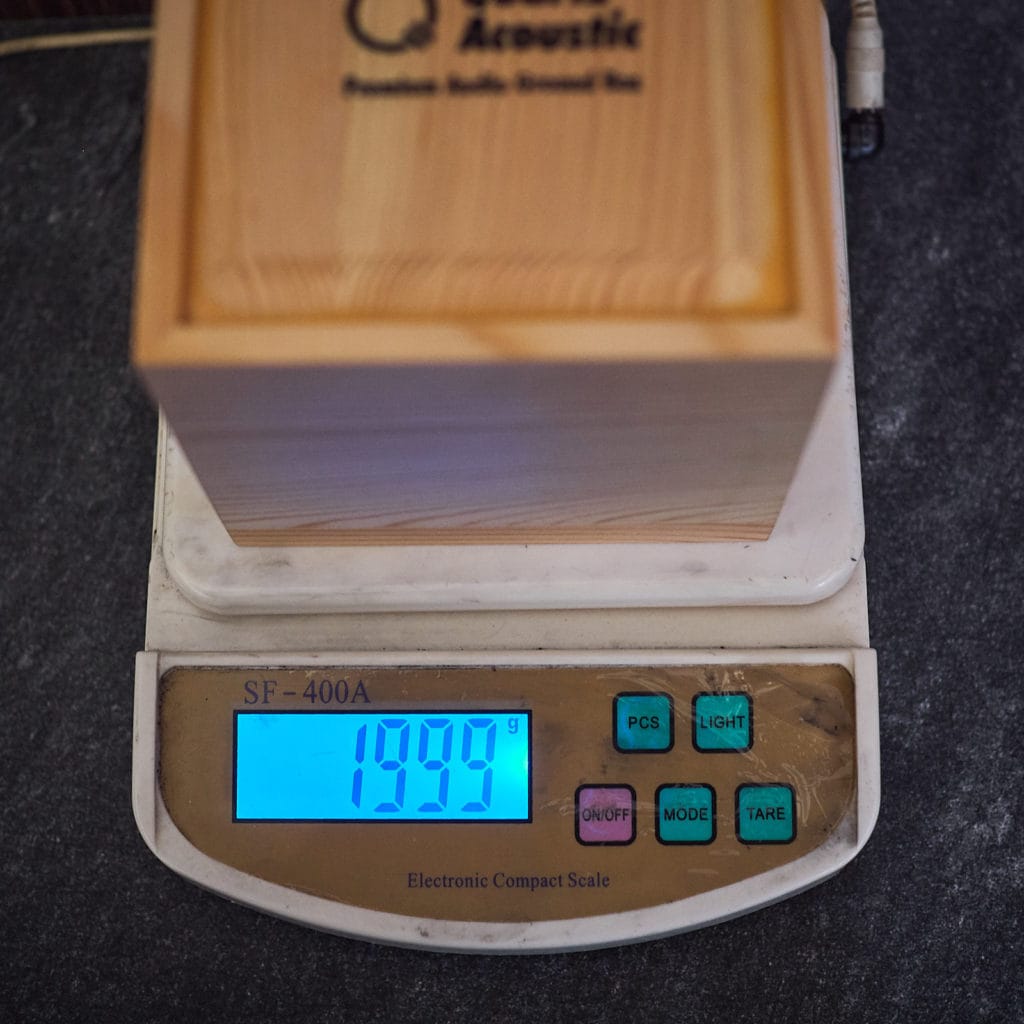
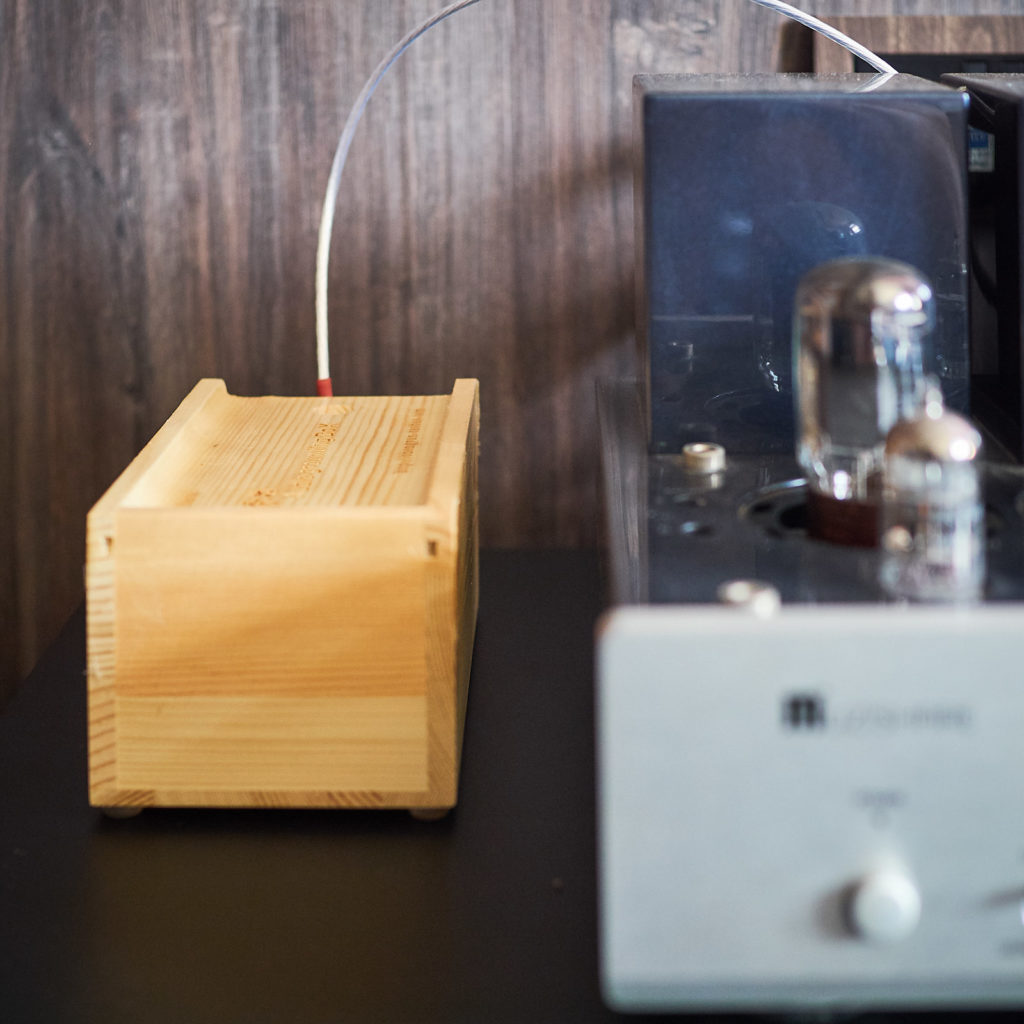
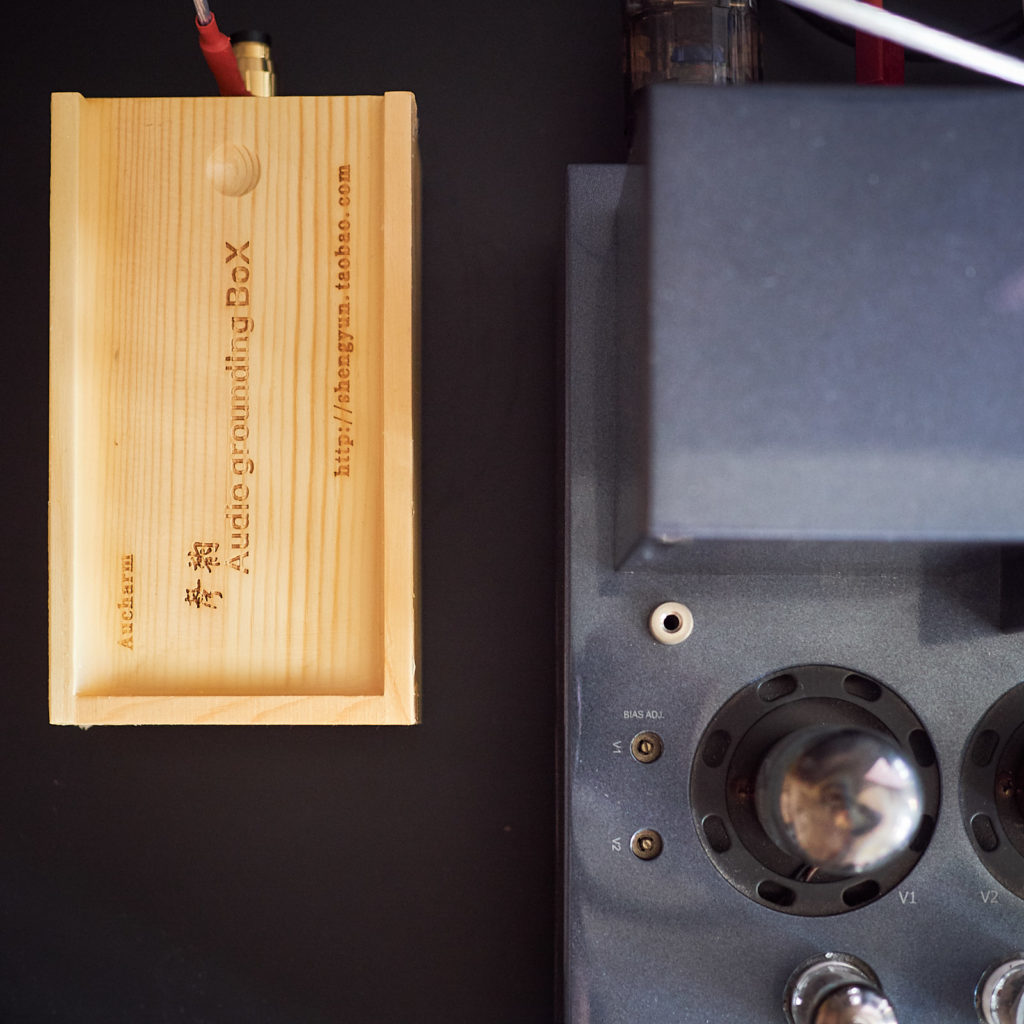
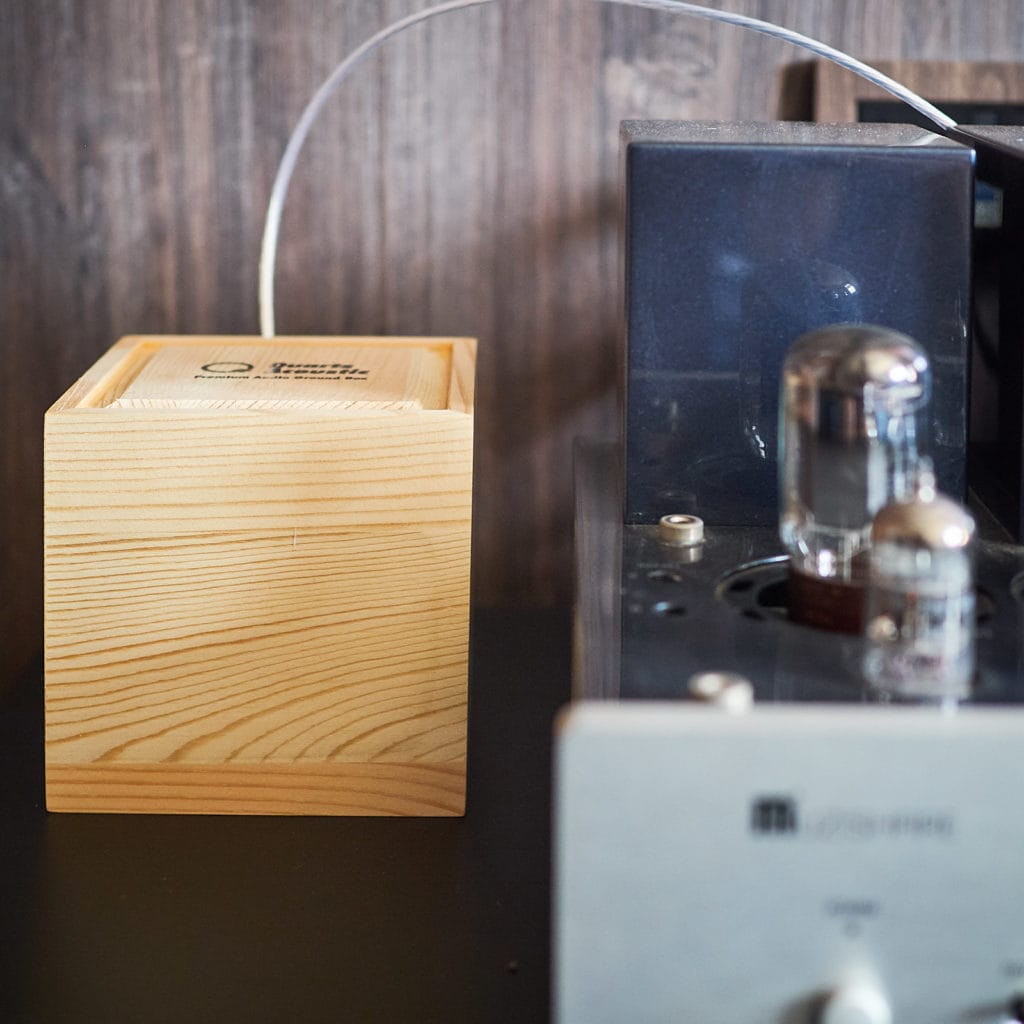

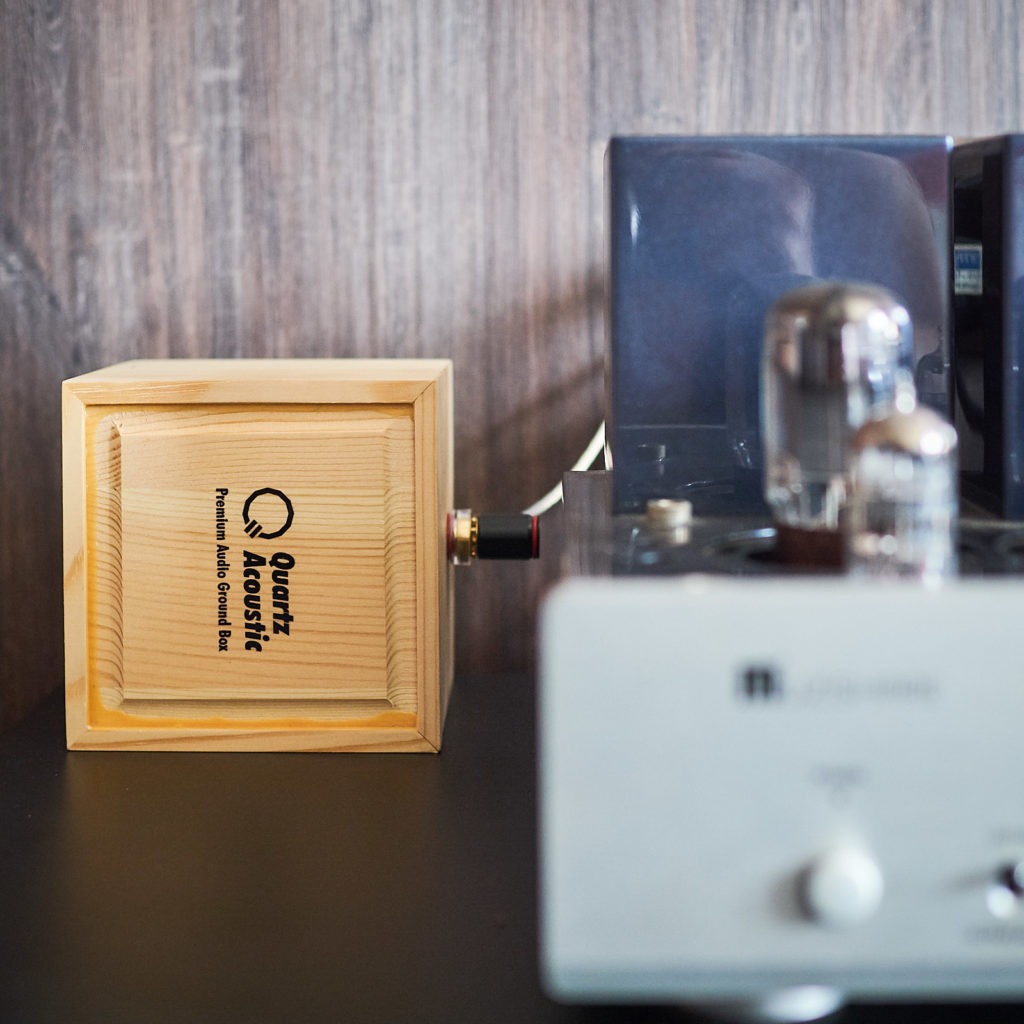
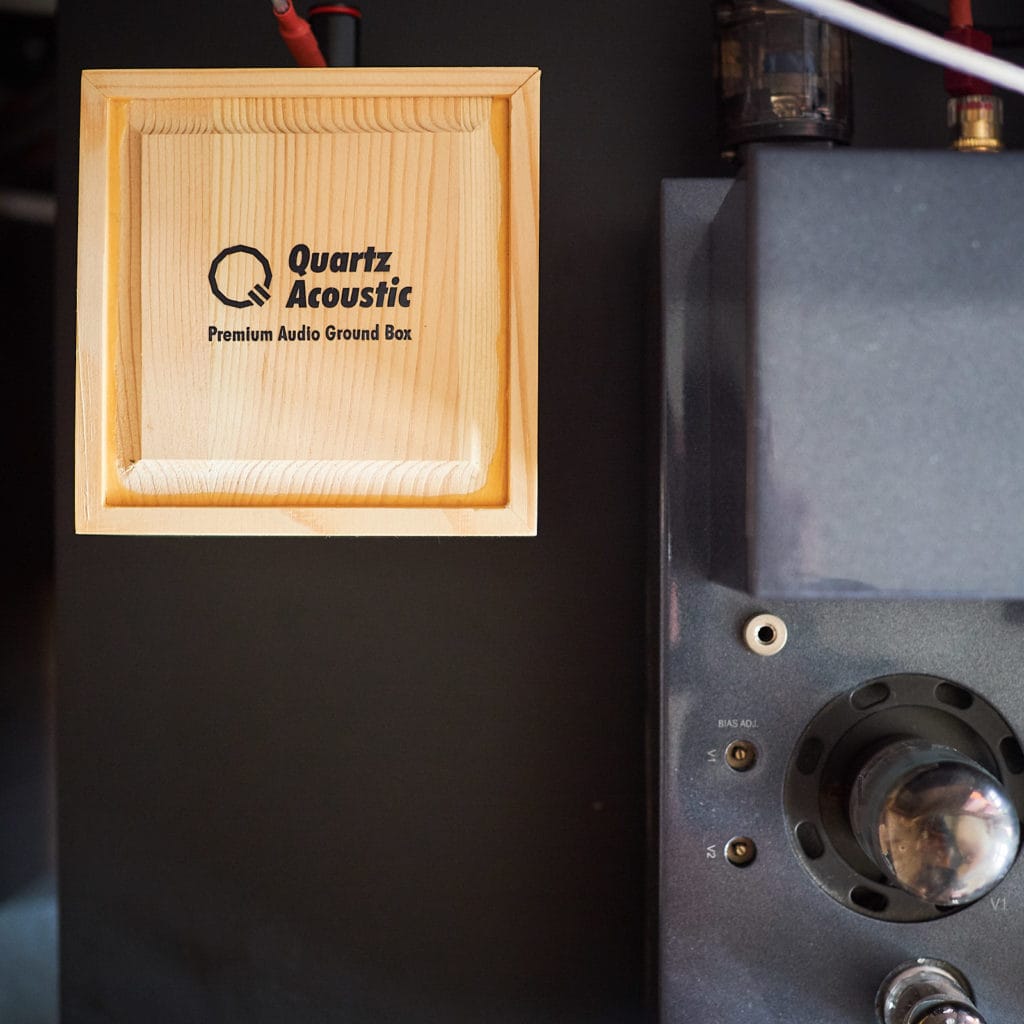
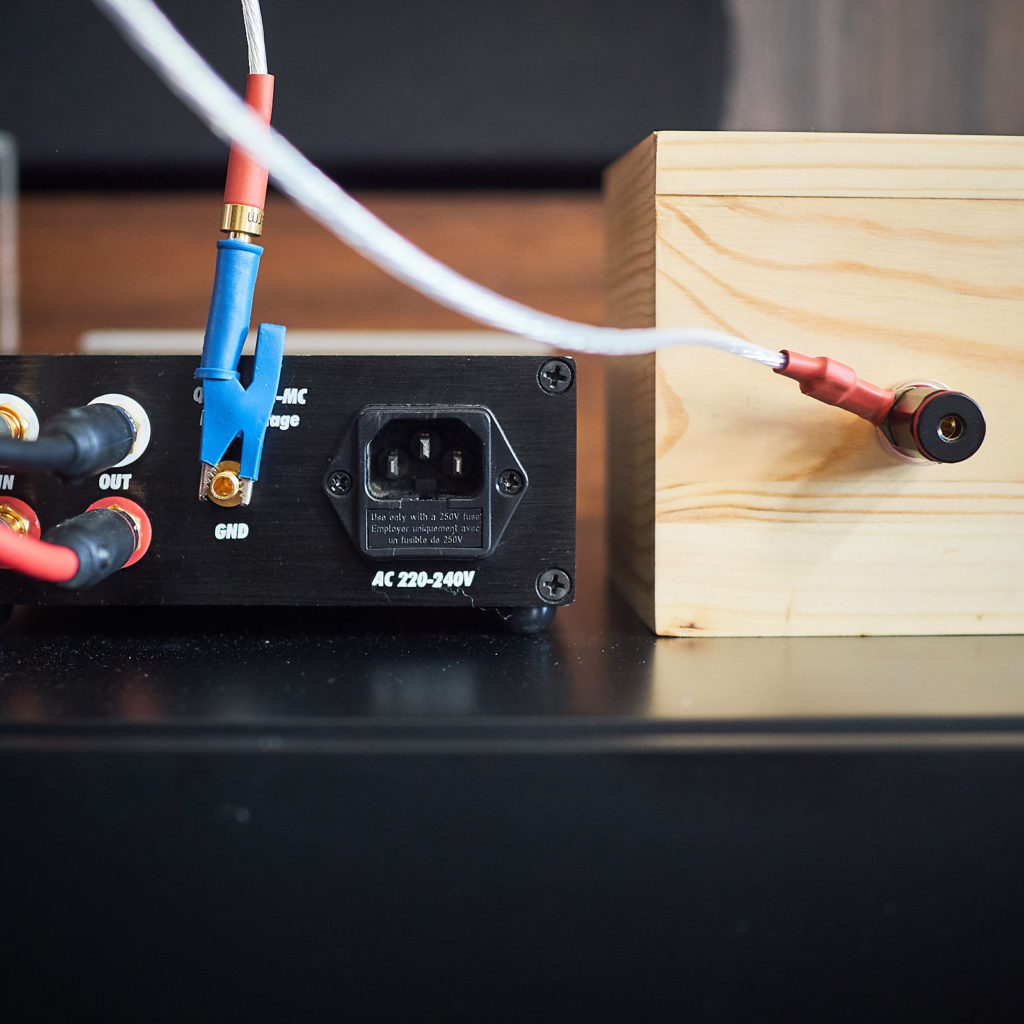

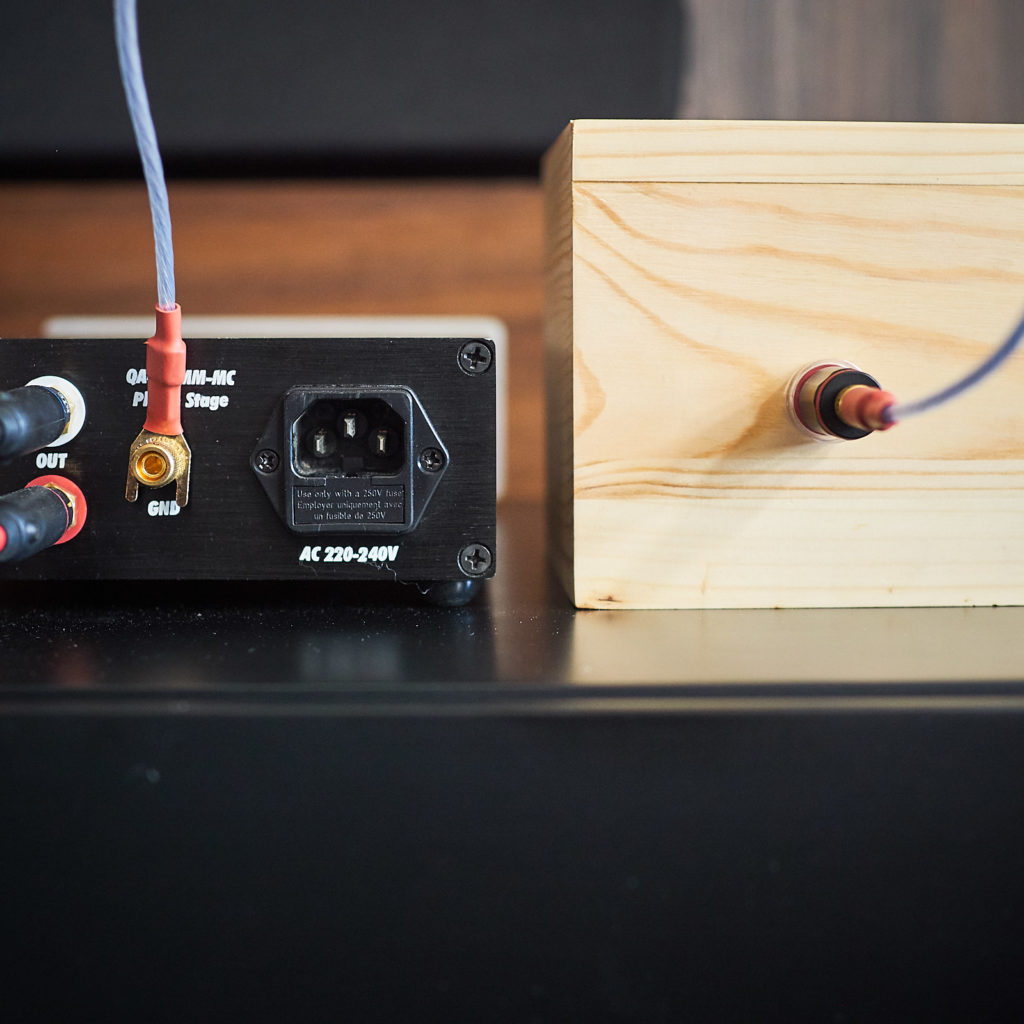
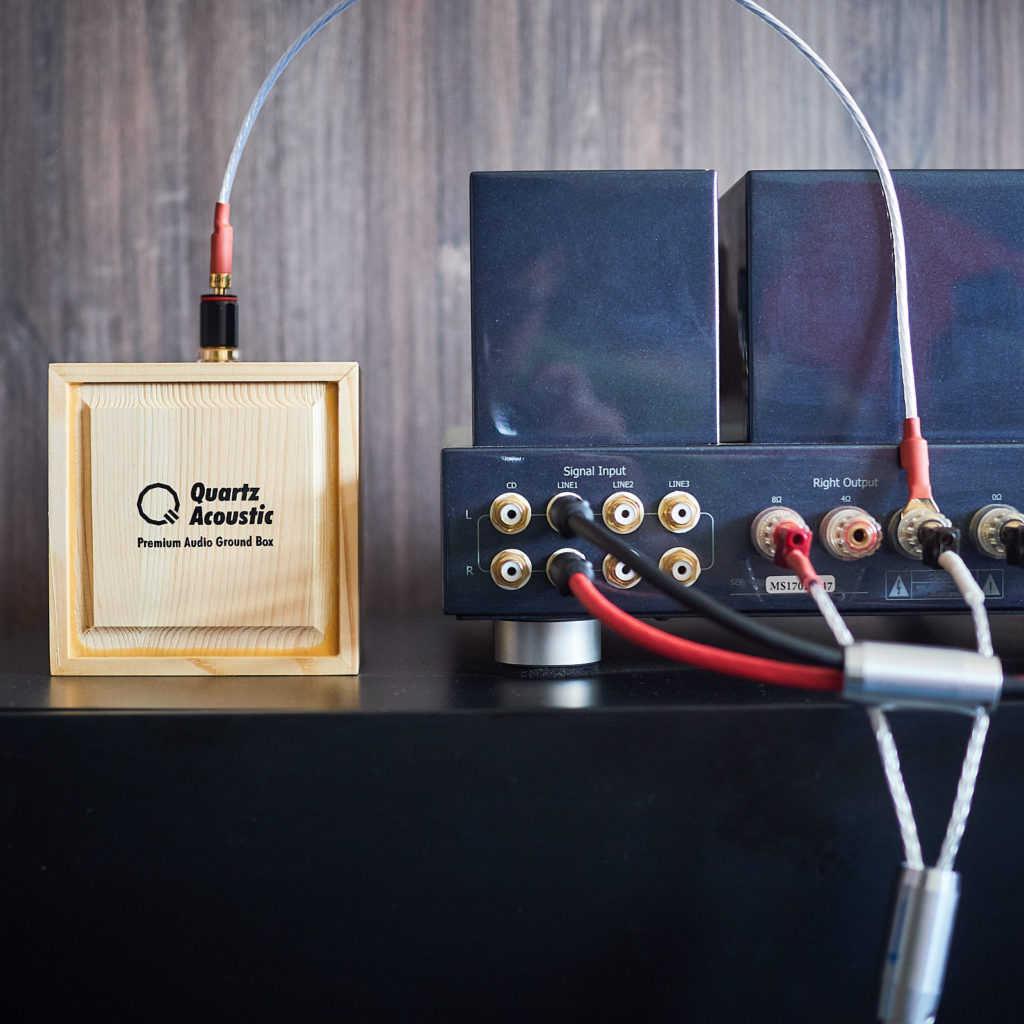

3 Comments
Hi Jordan,
I received my ground boxes. 2 are in excellent shape and look great. One was damaged during shipping with one corner dented, 2 dents on the side and black powder over the top and one side. I can send pictures if you tell me where. I tried to email you but not sure if it went through.
Thanks ,
Billy
Hi Billy, have gotten back with 2 emails previously on this shipping matter by FedEx but not sure if you have received them. I had sent across a 3rd one with my gmail account. Please see if you have received it. Thanks!
Hi Billy, have sent a few emails over the past two weeks to reach out on your issue but have yet to hear from you. Unfortunately the claims for shipping damage on FedEx is now expired. Please let me know if that box is still usable and if you would like a replacement unit for that. Thanks!